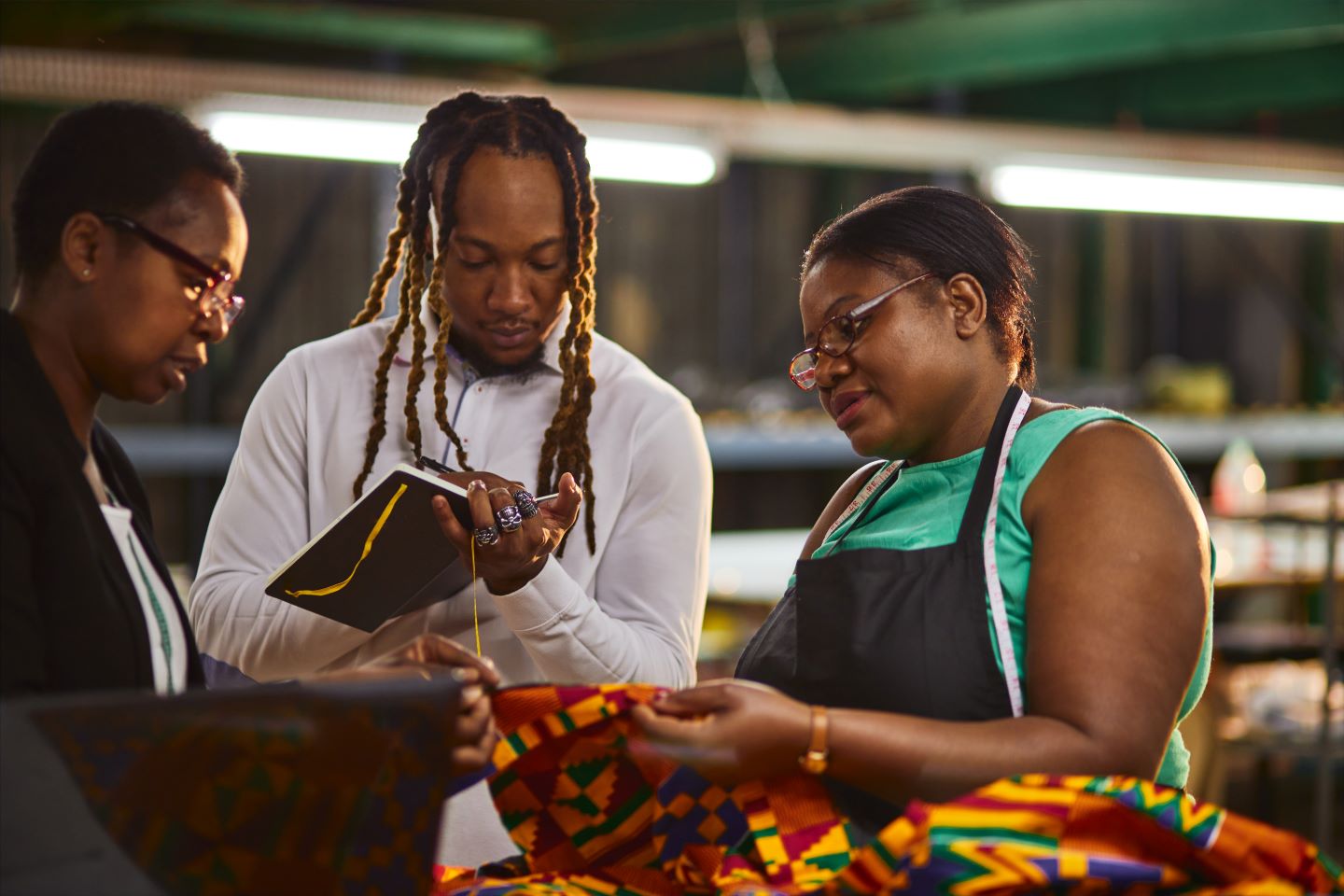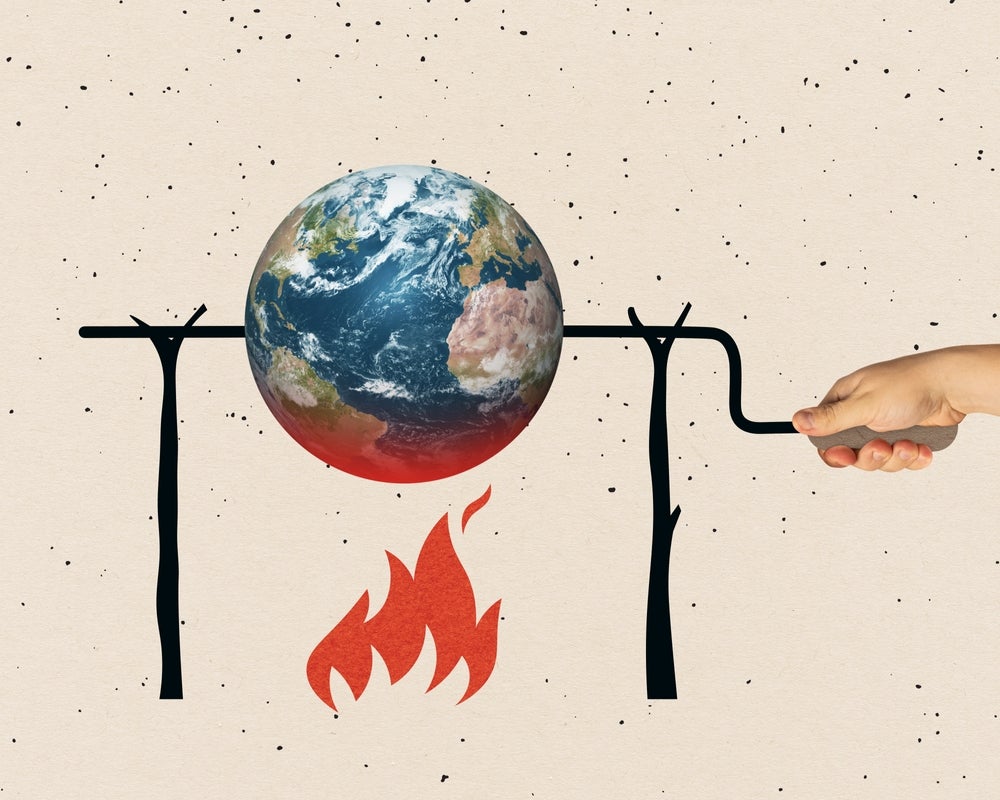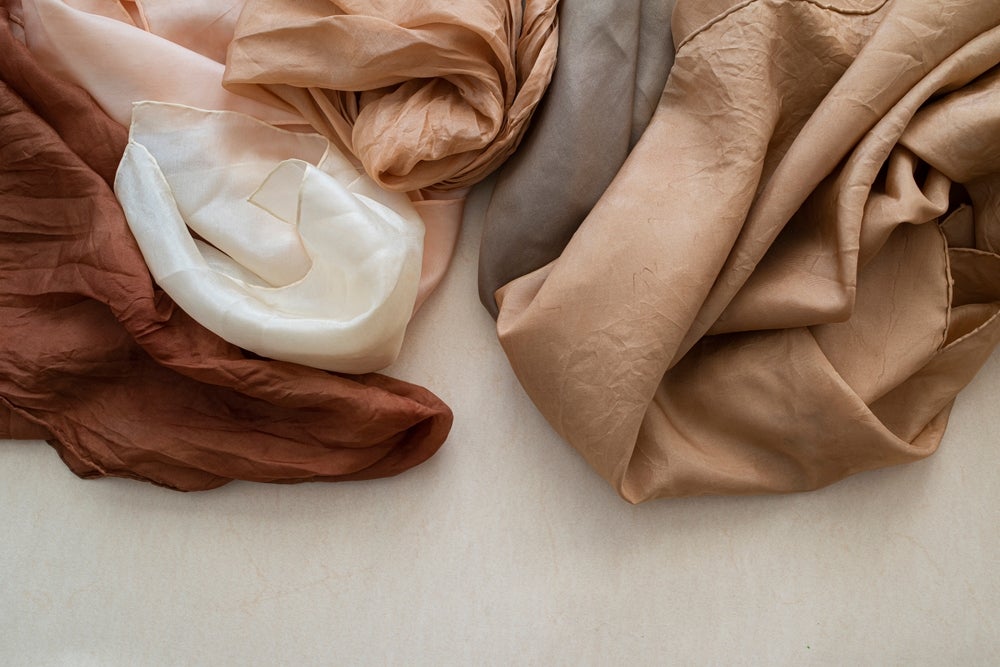
A UNESCO analysis titled “The Fashion Sector in Africa: Trends, Challenges and Opportunities for Growth”, reveals as well as the African continent exporting textiles to the value of $15.5bn annually, it is a major producer of raw materials, with 37 out of 54 countries producing cotton.
The UNESCO report reveals Made-in-Africa is trending, particularly among the continent’s youth and Africa is experiencing rapid growth in the digital sector, facilitating intra-African trade and the emergence of young talent.
A 42% increase in demand for African haute couture is expected over the next 10 years.
“Across the continent, people are increasingly looking for products ‘Made in Africa’ which they see as a symbol of pride and a way to affirm their identity. But in order to meet this growing demand, the entire production chain needs to be strengthened. This UNESCO report is useful because it maps out the path to achieve this, and it will increase the awareness of public decision-makers,” says Omoyemi Akerele, director of Lagos Fashion Week
In its report, UNESCO highlights four challenges which governments and decision-makers must tackle if they want to realise the potential of Africa’s fashion sector:
- Legal protections for designers and professionals need to be strengthened, in terms of intellectual property rights, remuneration levels, working conditions and the ability to organise into professional unions and social rights.
- Investment must be made in small and medium-sized enterprises, which today account for 90% of businesses in the fashion sector in Africa. Covering the entire continent, they are the gatekeepers of the diversity of cultural practices and expression. Generators of local employment, they are also a powerful lever for giving young people who want to enter the sector a chance.
- Environmental standards need to be set. While the fashion industry remains one of the most polluting industries, Africa can make greater use of local materials, innovate around sustainable textiles, and raise awareness of sustainable consumption patterns. Production of organic cotton fibre in Africa has already risen by 90% between 2019 and 2020, and now accounts for 7.3% of global production. The second-hand clothing market is one of the most dynamic in the world – representing a third of global imports – but still suffers from a lack of recycling channels, with 40% of these garments ending up in landfill sites, or even in oceans and rivers.
- Both the transmission of savoir-faire, and formal training need to be improved. Africa is rich in traditional skills and unique textile techniques, some of which are already protected by UNESCO. The report encourages countries to set up mentoring schemes to ensure that these practices are passed on from generation to generation and can continue to inspire young designers. At the same time, UNESCO is calling for an increase in the number of qualifications available in key related professions – quality control, commercial law, marketing – and in training in new technologies, such as 3D printing and e-commerce.
How well do you really know your competitors?
Access the most comprehensive Company Profiles on the market, powered by GlobalData. Save hours of research. Gain competitive edge.

Thank you!
Your download email will arrive shortly
Not ready to buy yet? Download a free sample
We are confident about the unique quality of our Company Profiles. However, we want you to make the most beneficial decision for your business, so we offer a free sample that you can download by submitting the below form
By GlobalData






